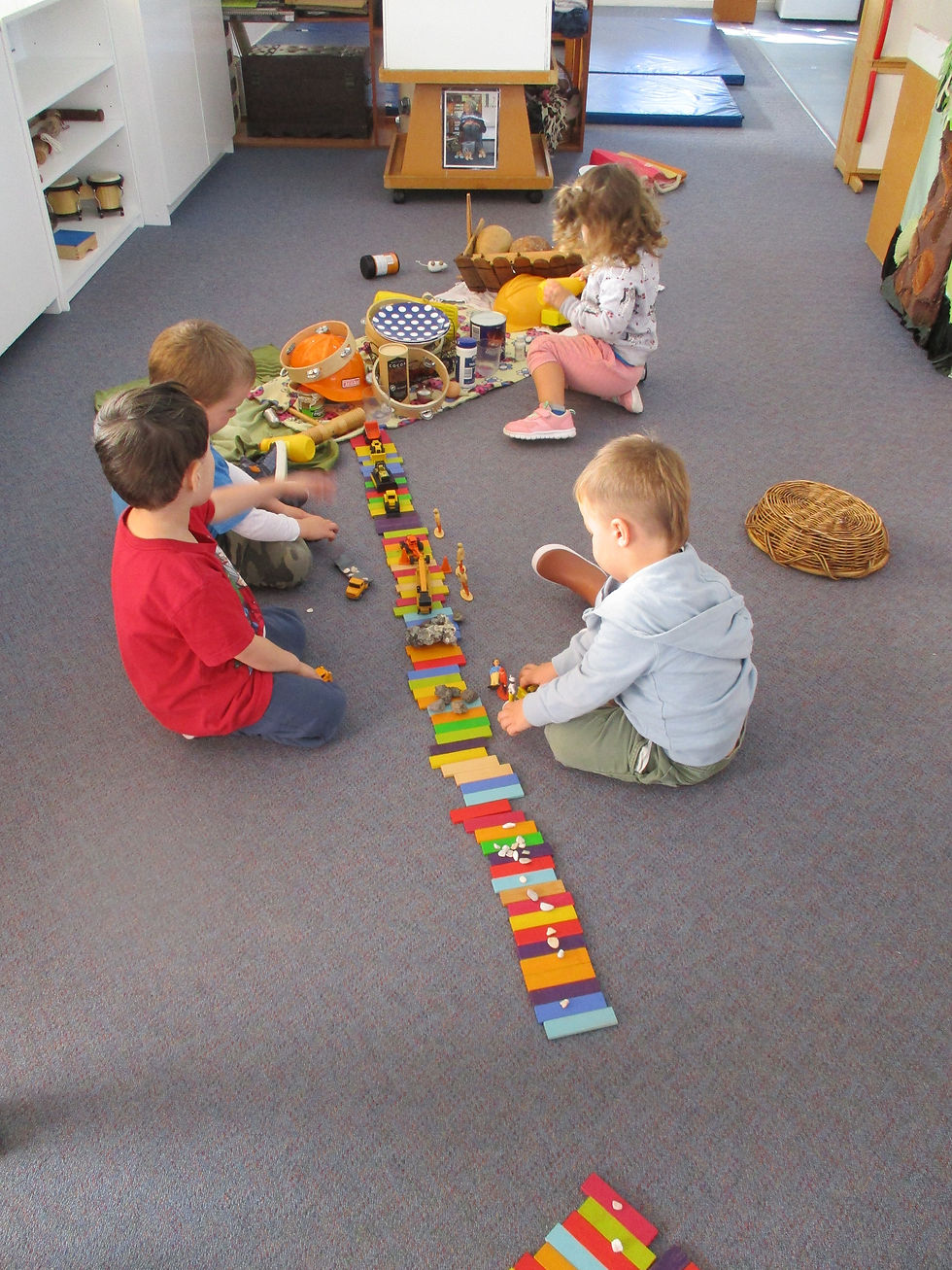"Lets work together to keep education friendly, light-hearted, and respectful to all participants. Respect the individual timing and rhythm of development. Do nothing without joy!" - Professor Loris Malaguzzi
Fundamentals of the Reggio Emilia approach
Children are capable of constructing their own learning.
Children form an understanding of themselves and their place in the world through their interactions with others.
Children are communicators.
The environment is the third teacher.
The teacher is the mentor and guide.
Observation & documentation are important pieces to show the child's learning process.
The 100 languages are way that children express themselves using all senses.
Hands-on exploration and play is key to for the children to use all languages to express themselves.
Parents and communities are a vital piece of the Reggio Emilia Approach.
Exploration and play is inquiry based, flexible, and promotes a love of learning.
Benefits of the Reggio Emila Approach
Environmental Stimulation – Children benefit from having the environment as their third teacher. Art is hung at children’s eye level. There is an emphasis on using natural materials that can be used in more than one way to encourage an interest in the natural world and exploration.
Community and Parental Involvement – Children benefit in being equal partners with, parents and teachers in the learning process. This gives children the power to direct their learning and grow their creativity.
“Hundred Languages” of Expression – Children benefit from using many “languages” to express themselves.. The languages include writing, building, sculpting, and dramatic play. Children develop skills and problem-solving ability through hands-on practice
Getting Involved with Long Term Projects – Curriculum planning is based on children’s interests leading to open-ended and often long-term projects that allow children to further explore their interests with teacher direction.

(Retrieved 22/02/2024 from: http://www.youngschool.com/blog/2013/10/benefits-reggio-emilia-approach/)



















Comments